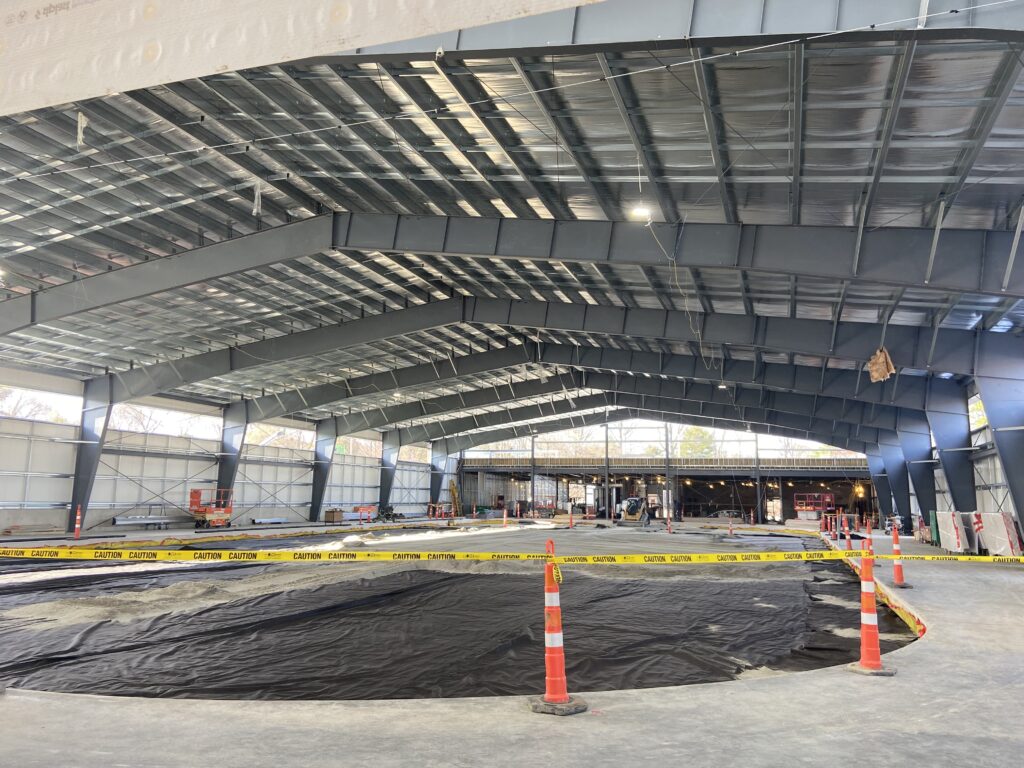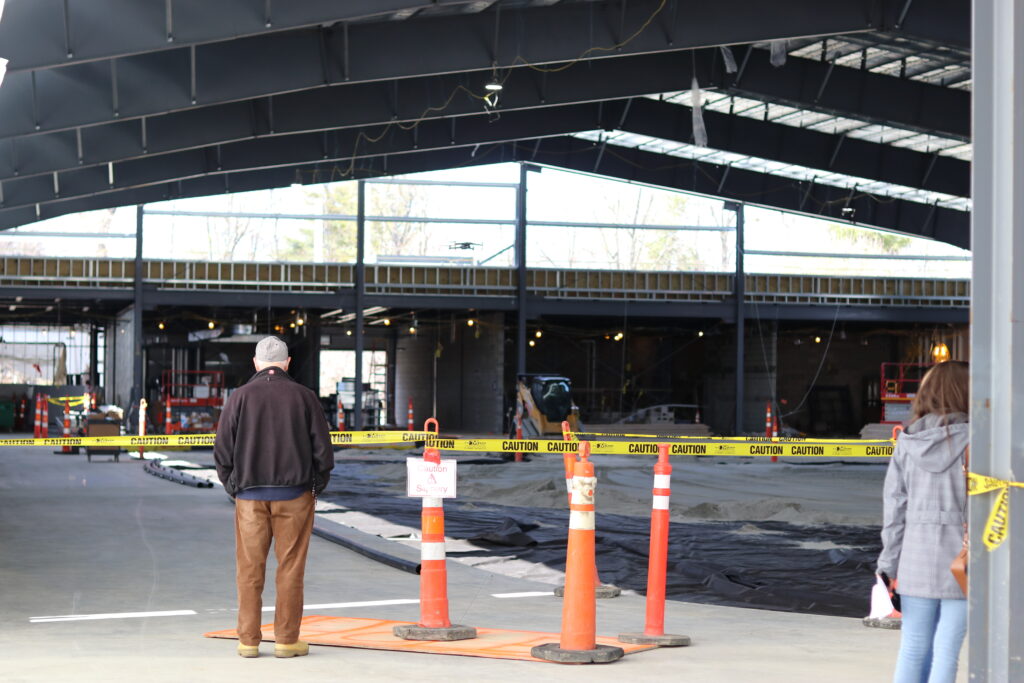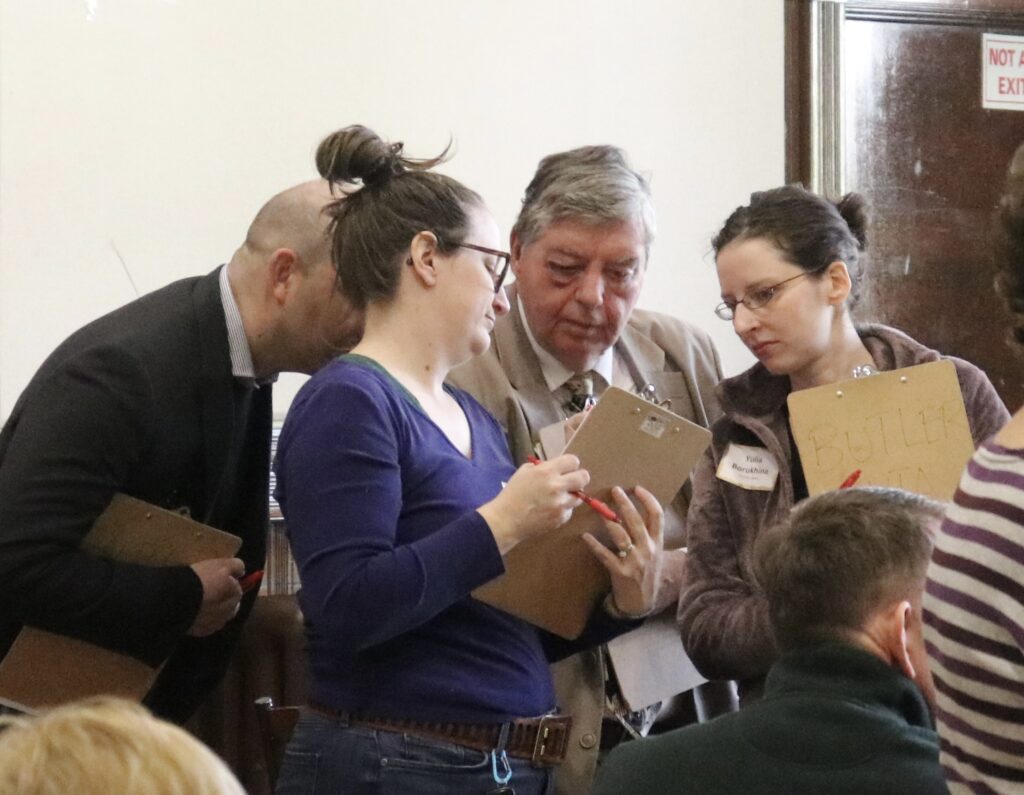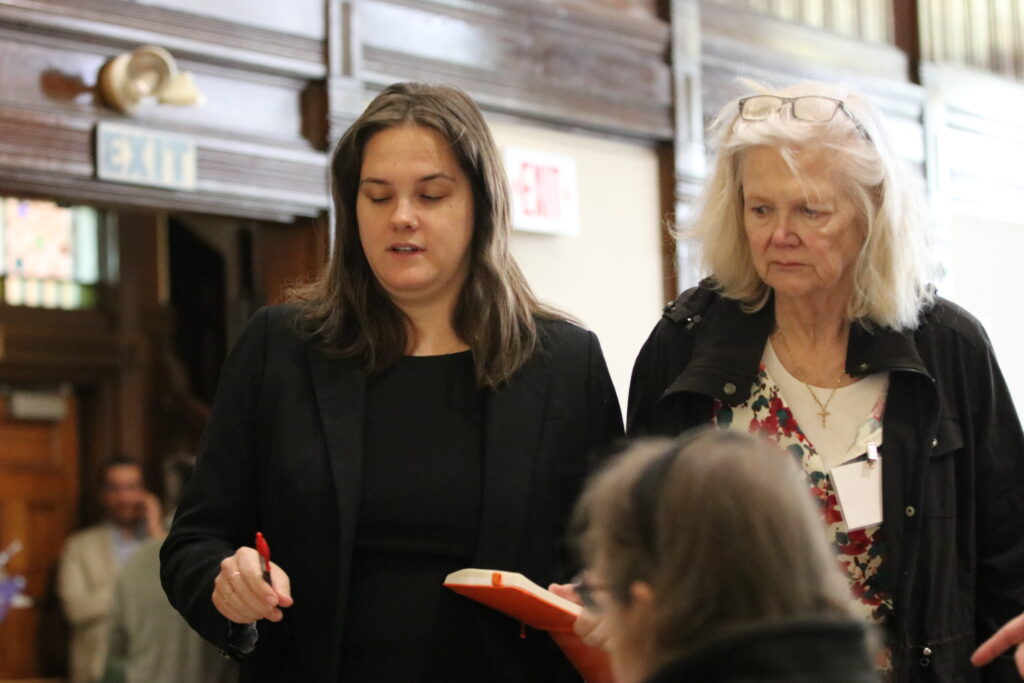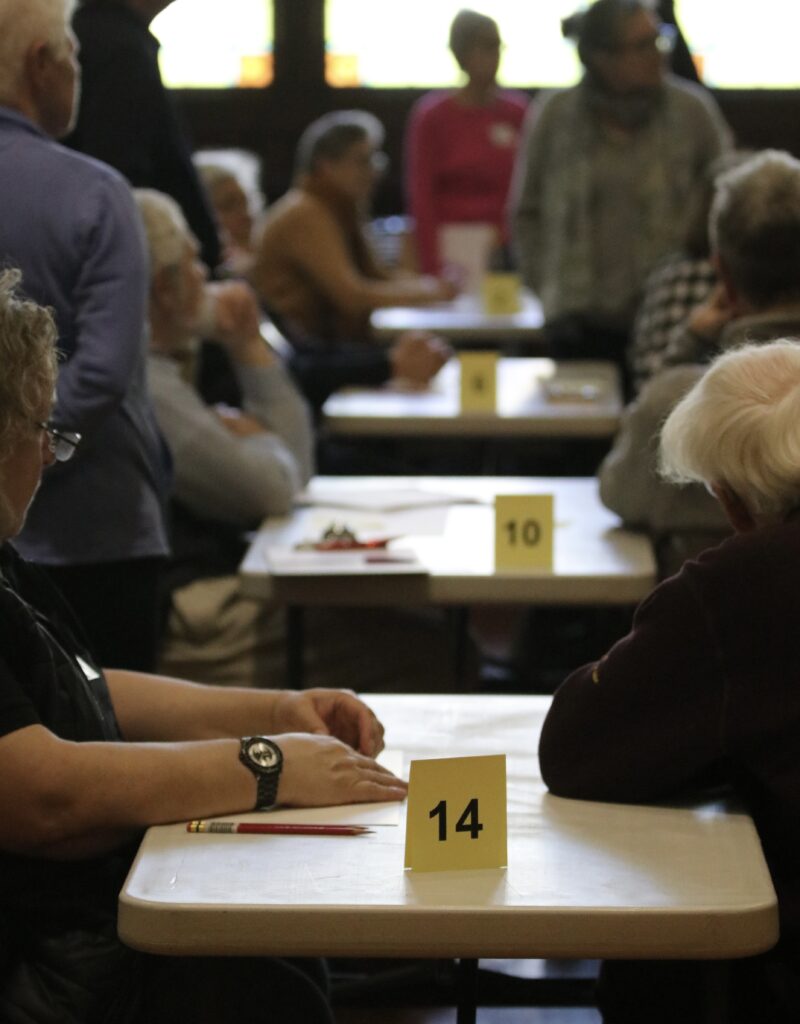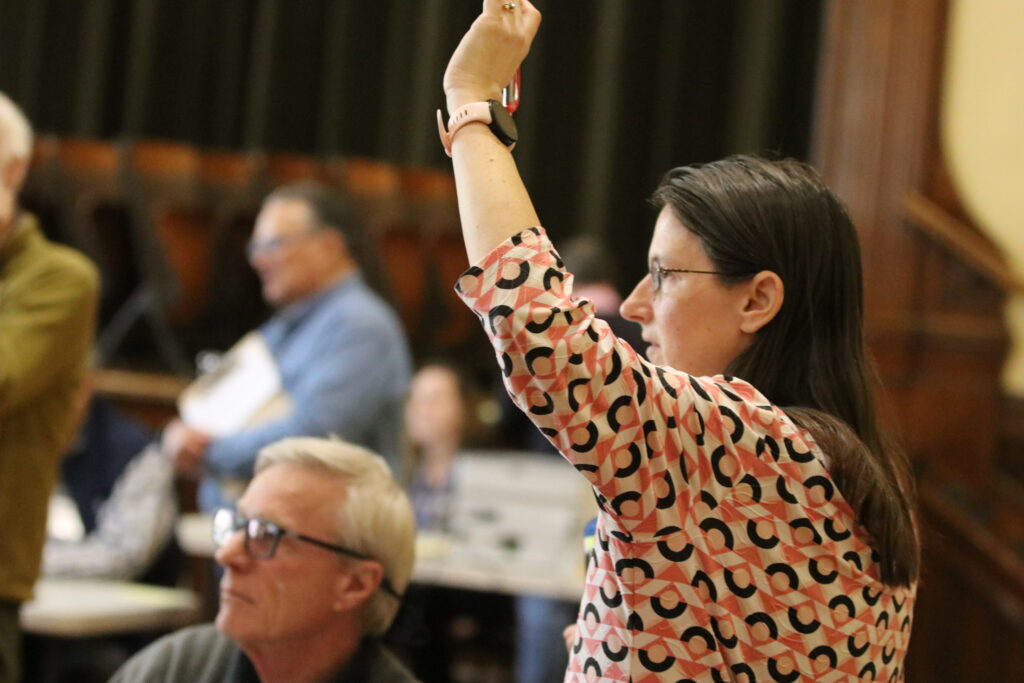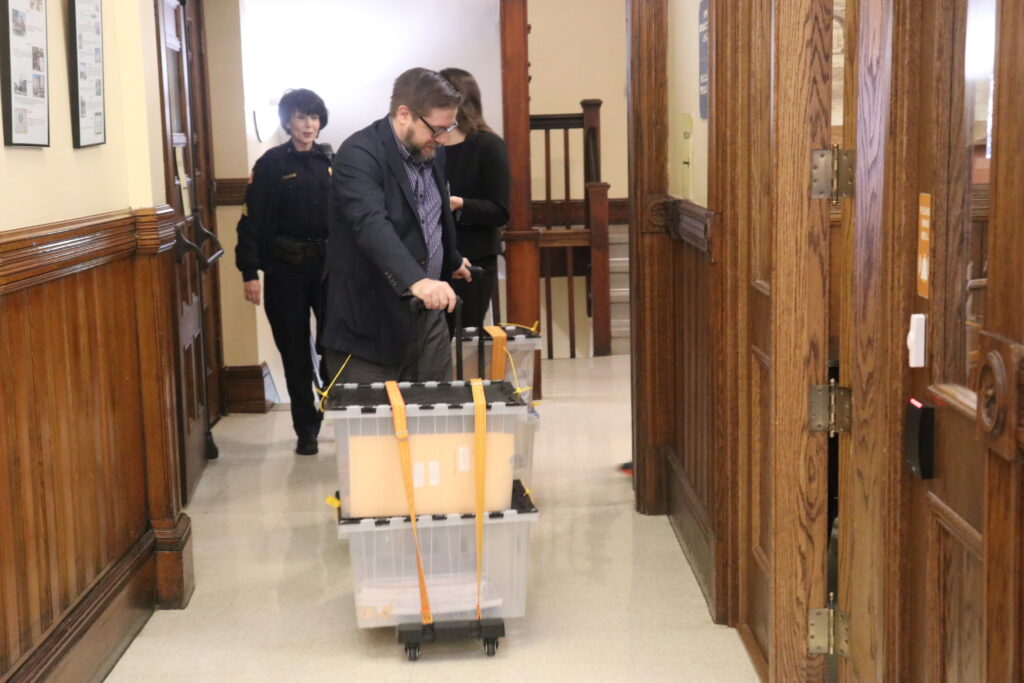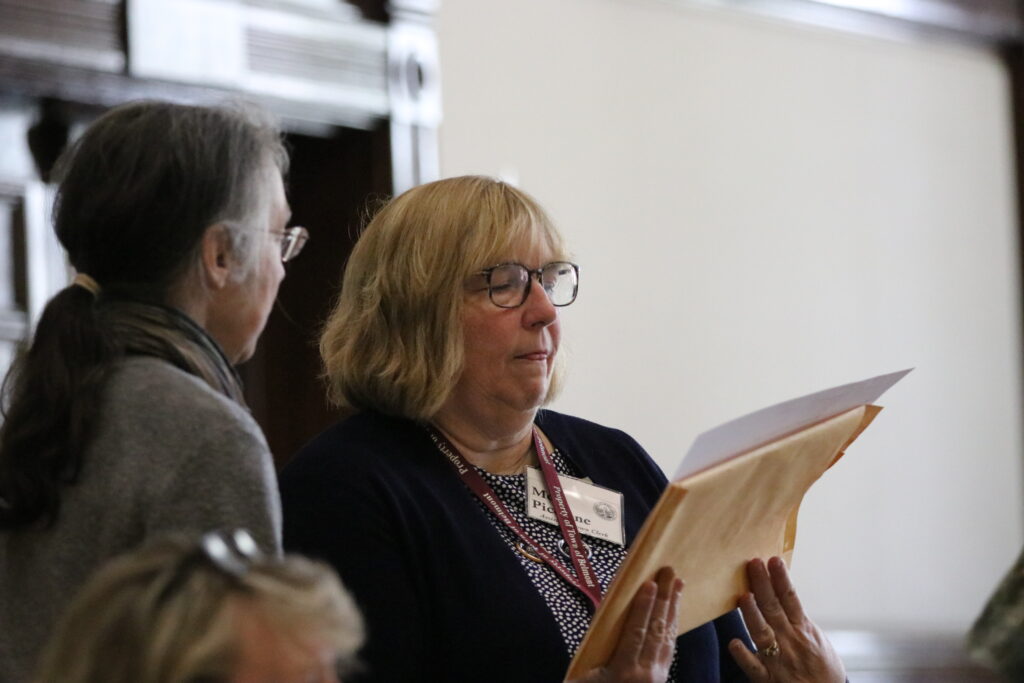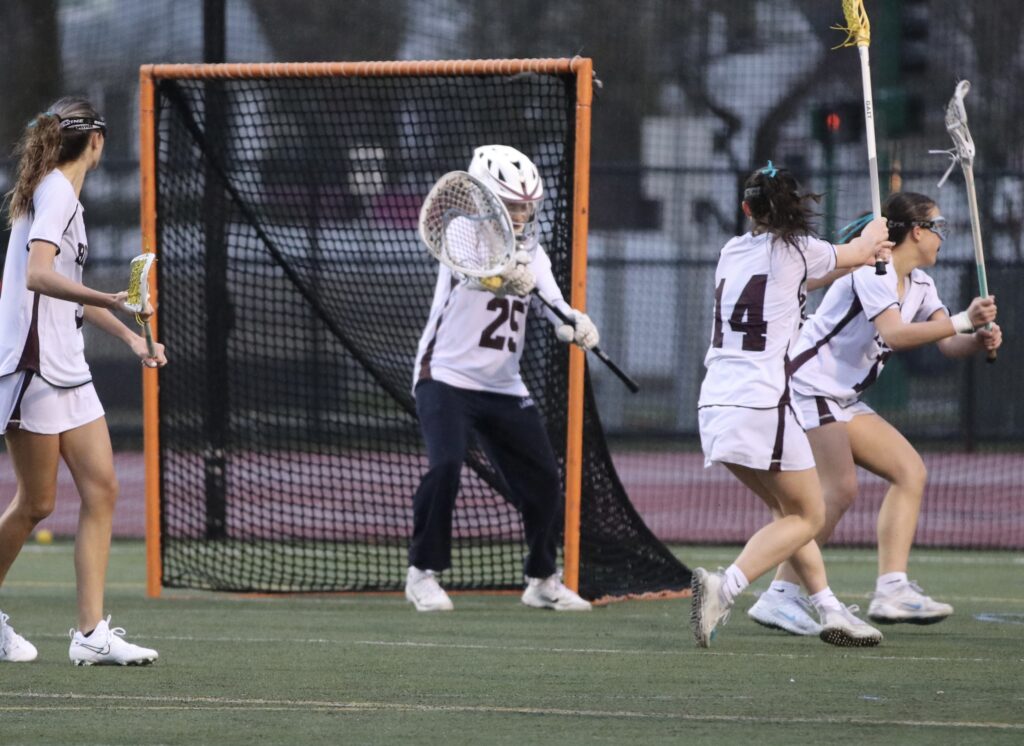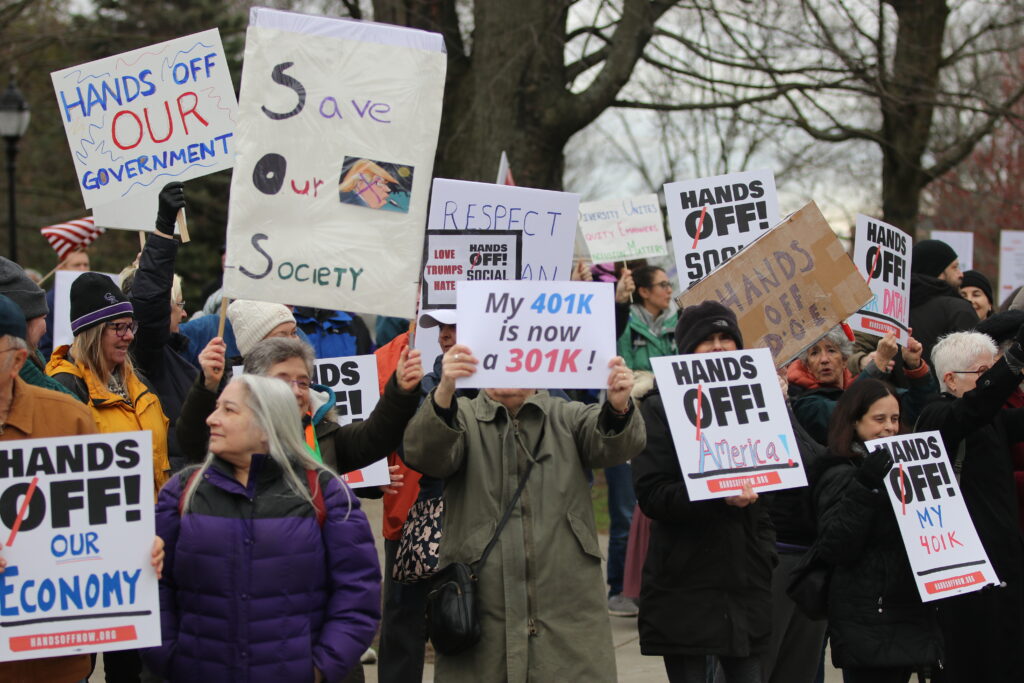Photo: Kicker and fly-half Jack Townsend heading for the game tying try against Xaverian.
“Why go through a wall when you can go over it?” queried Greg Bruce, head coach of Belmont High Boys’ Rugby at the end of the season’s second game. And by going over the top, Bruce isn’t having the Marauders leap over the opponant; rather, it’s launching the ball skyward at the end of a purposeful boot.
For the past five years, Bruce has incorporated a robust kicking strategy as both an attacking option and to gain territory rather than exhaustedly grinding it out on the pitch. And with outstanding kicker in fly-half Jack Townsend, the team is reaping the benefits of the tactic against St. John’s Prep.
“We come up against big athletes all the time,” said Bruce post game. “We want to reduce our collisions. The guys are playing to that script. Today was the best game we played all season, without a doubt.”

But when it came to put the ball into try, the Marauders are demonstrated in the first two games the speed and phyicality where they are able to put its head down and put the ball into the end zone.
In the season opener, with time running out in both the first half and at the game’s end, Belmont scored two trys to secure a 17-17 tie with Xaverian Brothers. In its second match, Belmont put the pressure on long-time rival St. John’s Prep from the start to take home the 33-12 victory.
What a kick! Belmont downs St. John’s Prep for first win
Bruce called his team’s history with St. John’s Prep “a strong rivalry” that includes the 2023 state final which Belmont won, 24-14. After losing last year’s contest 21-8, the Marauders would use the game as a measuring stick for this season campaign.
It didn’t take long for Belmont to show its dominance, going up 12-0 in the first 12 minutes with tightend prop Zach Zadem crashing across the try line from 10 meters in the second minute and captain/outside flanker Bill Hendrickson taking a line out 10 meters out – after a pinpoint kick from Townsend to touch – directed a perfectly executed maul for Belmont’s second. Outside center Colin Green used his quickness to get past the Eagles’ end to just reach over the tryline to give Belmont a 19-0 advantage at the 26 minute mark. In the half, Townsend’s kicking game – a combination of place kicks after the try and booming drives – put SJP’s backs into difficulty.
After giving up a quick try to the Eagles early in the second half, Belmont took control with some splended scrum play. Out of one of the scrums, “Number 8” Enzo Passos picked up the ball and took off down the side line into try carrying three SJP players over the line. Five minutes later, Green grabbed a wayward Belmont pass and sprinted 55 meters up the middle of the pitch into try sealing the victory.
“There were times in that game I was like, that is clinical and that is professional,” said Bruce on his team’s performance. And keeping his team at that high level of play includes a focus on stopping an opponant’s attack.
“We’re trying to use speed on defense. We want an attacking defense, not just our line speed but our spread and our coverage of the field,” said Bruce.

“The kicking game we have creates offense by attacking space,” said Townsend. “Right now, we’re in a good spot, we have great chasers on the wing. We can make defensive kicks and offensive kicks and they are going to work out in our favor.”
“I’m loving it,” he said.
With No Time On The Clock (Twice!), Belmont Made Their Trys Count To Secure Tie With Xavarian
“Every second counts,” said a Belmont Boys Rugby assistant coach as he and the team came off the Harris Field pitch after celebrating with the players as the Marauders salvaged its home and season opener with a pair of “extra time” trys to tie up Xavarian Brothers, 17-17, on April .
As the time ran out in both the first half and at the game’s end, Belmont scored their two trys of the game to secure the tie. And you wouldn’t expect a nail biter between the two squads: In their past three encounters, the teams are seperated by a total of three points. Under rugby union rules, the game continues at the end of the half and the game until a foul is committed, a try is scored or when the ball is kicked out of bounds.
After a early Xavarian try, Belmont scored at the half hour via the leg of Townsend who put a 30 meter three point penalty between the uprights. But the Hawks quickly bullied its way past the tryline As the first half was seconds from the 35 minute mark, and with Xavarian in possession inside its 20 meters, Belmont’s Passos cut in front of a messed up lineout and scampered alone to score the try. Townsend’s conversion gave Belmont a lifeline at the half, down 14-10.
At the start of the second half, Xaverian – a state finalist last year – was on the front foot after two long runs. But Belmont defense stiffened and the Hawks took advantage of a penalty to kick for three points, increasing its lead to 17-10 at the 41st minute.
Belmont finally warmed up to the compeition over the final 20 minutes using Townsend impressive kicking game to pressure the Hawks in there end, including two adventurous short chip kicks which could not find a Marauder player to run onto.
As the scoreboard clock reached 70 minutes, it appeared Belmont was just unable to crack the Xaverian tryline. But Xaverian committed a foul turning the ball over where lock Josh Christansen quickly got the ball into play. He passed the ball to Townsend who waived his way over the try line with no time on the clock. Townsend booted the ball from an ecute angle for the two-point conversion.
